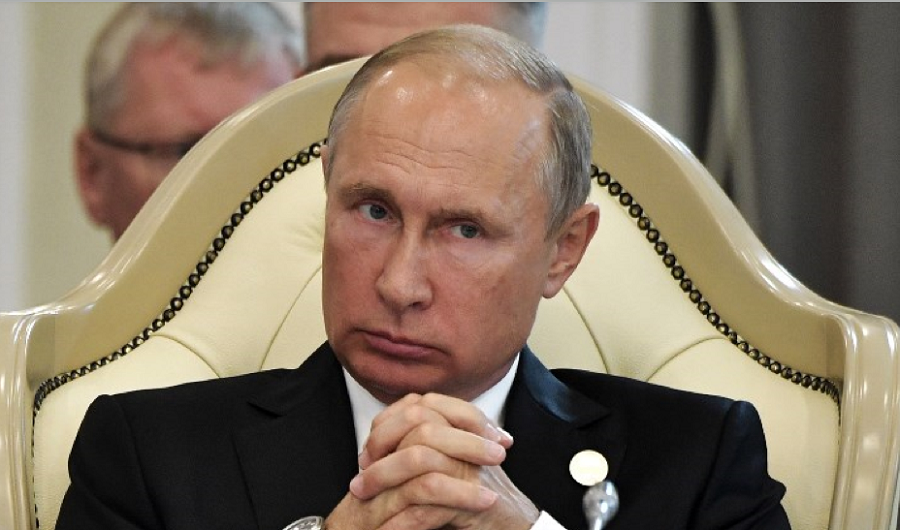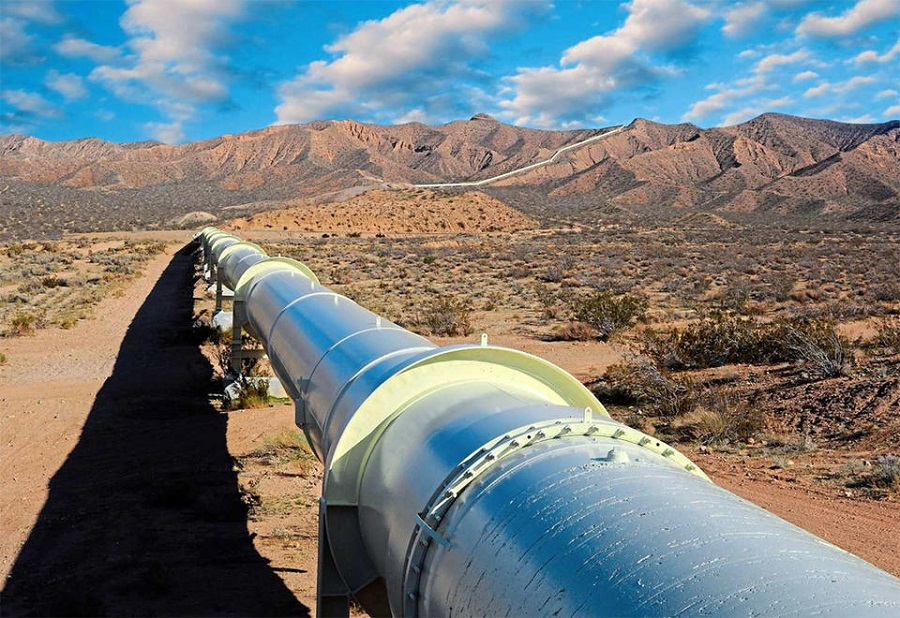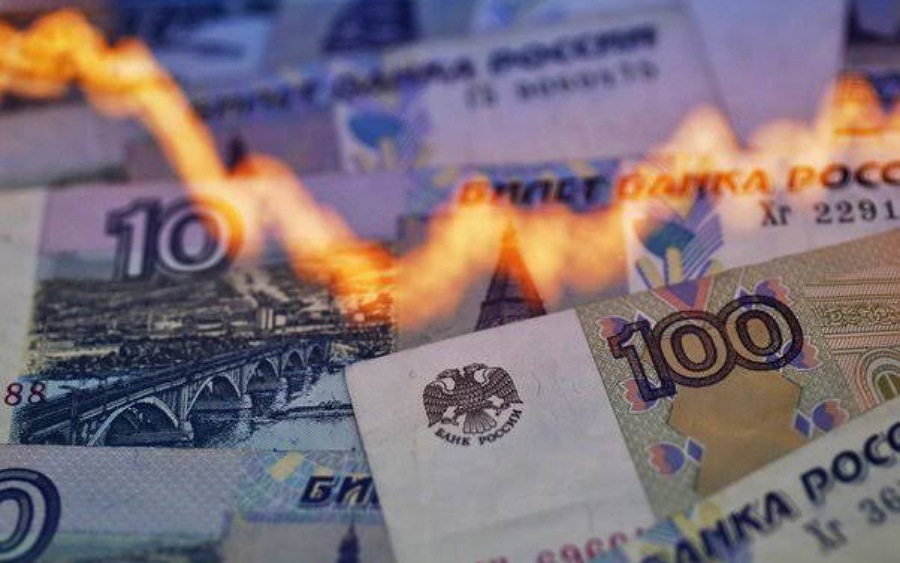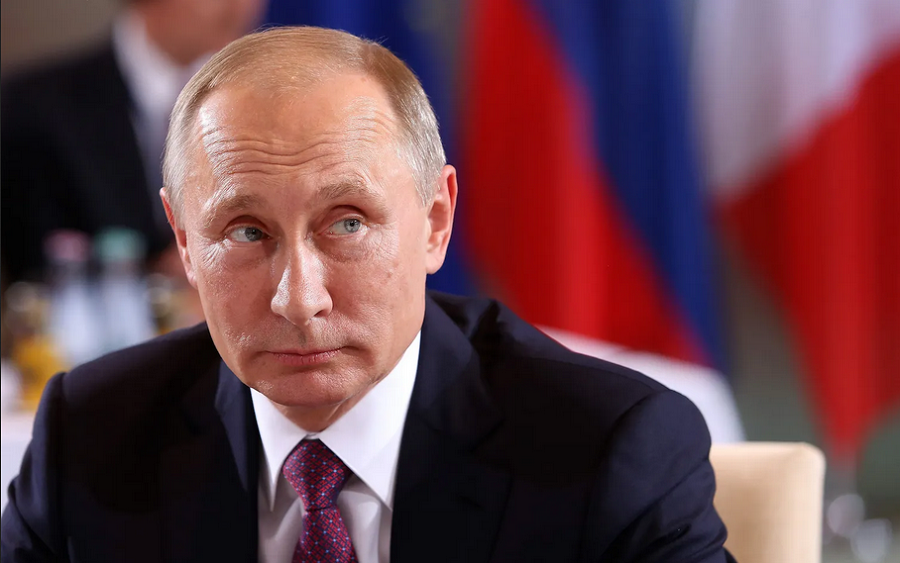Western countries and NATO partners have reacted by imposing punitive sanctions to dissuade the Russian government’s invasion of Ukraine and weaken the Russian rouble, making the fight both economic and physical. However, it seems like the Russian government is given a good defence to its currency.
The effects of the sanctions caused the Russian currency to plummet to a record low, and the central bank had ordered the suspension of most transactions as a result of the sanctions which included the removal of Russia from the Swift international payment mechanism.
President Vladimir Putin, on the other hand, is attempting to defend the Russian currency, declaring that Russia will begin selling its gas in roubles to “unfriendly” countries. Following the shocking declaration, the Russian rouble rocketed to a three-week high above 95 against the dollar, before settling near 100.
What is happening to the Russian rouble
- The Russian market is gradually reopening and returning to normal following the sanctions that were imposed by the West for the invasion of Ukraine.
- USD/RUB which was trading as high as 154 on the 7th of March, 2022 has plunged to 87.75 at the time of writing this article. This is indicative of about a 56% gain in the Russian roubles against the US dollar.
- The rouble’s strong recovery began with President Vladimir Putin’s announcement last Wednesday that “unfriendly” countries would have to pay for Russian natural gas exports in rubles alone from now on.
- Nairametrics reported that Russian equities and bonds resumed full trading on Monday, albeit for a limited time frame and with significant limitations in place, including a ban on short-selling. Until April 1, non-residents are prohibited from selling stocks or OFZ rouble bonds.
- Putin said in a meeting with government officials that some Western countries made unlawful decisions on the so-called freezing of Russian assets, thereby drawing a line under the currency’s reliability and weakening trust in it.
- The U.S. dollar also is plunging against the Russian ruble as Russia and Ukraine negotiators completed a round of talks in Turkey.
Optics
Russian gas contributes to over 40% of Europe’s total consumption, with daily imports from Russia ranging from 200 million to 800 million euros ($880 million) so far this year.
As of January 27, Gazprom reported that 58% of its natural gas sales to Europe and other nations were settled in euros. The dollar accounted for around 39% of all sales, while the sterling contributed about 3%.
Hence, aggressive Russian actions aimed at boosting its currency may result in huge losses for the US dollar against the Russian rouble, reducing the impact of western sanctions and giving Russia more bargaining power which is critical as negotiations commence.



















